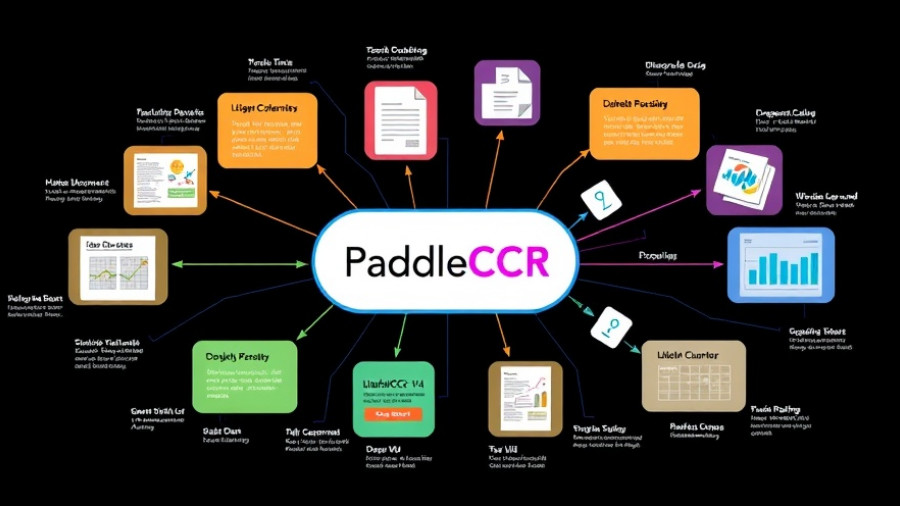
Unveiling PaddleOCR-VL: A Leap into Document Intelligence
Baidu's PaddlePaddle team is making waves in the artificial intelligence arena with the release of PaddleOCR-VL, a visionary language model tailored for efficient document parsing. This 0.9 billion parameter model boasts innovative features like a NaViT-style dynamic resolution encoder paired with the lightweight ERNIE-4.5-0.3B decoder, reflecting the latest breakthroughs in AI.
Transforming Multilingual Document Processing
One of the standout features of PaddleOCR-VL is its impressive capability to handle 109 languages, accommodating complex document layouts that include text, tables, formulas, and even handwritten notes. This multilingual support opens doors for businesses and educators looking to streamline document processing across various formats and languages, enhancing global accessibility.
Performance Beyond Expectations
PaddleOCR-VL doesn't just talk the talk; it walks the walk, achieving top-tier results on the OmniDocBench leaderboard. This model has emerged as a powerhouse, outperforming larger multimodal competitors like GPT-4o and Gemini 2.5 Pro, despite its smaller size. This efficiency poses important implications for industries that require fast, reliable document processing without the heavy computational burden typically associated with large models.
The Technology Behind the Magic
The dual-stage system design separates layout comprehension from element recognition, significantly reducing latency and improving accuracy. The first stage utilizes a page-level analysis, while the second focuses on detailed element recognition. By employing a native-resolution patching method, PaddleOCR-VL ensures critical information isn’t lost during the processing stage, making it particularly adept at managing intricate layouts.
Enabling Real-World Applications
PaddleOCR-VL’s capabilities extend beyond theoretical performance. It can parse complex academic papers and recognize financial invoices with remarkable accuracy, showcasing its real-world utility. Users can rely on this model for practical applications such as automated invoice recognition, academic research documentation, and multilingual document handling—task scenarios where traditional models often struggle.
Conclusion: The Future of Document Parsing is Here
The advent of PaddleOCR-VL marks an exciting chapter in the AI landscape. As businesses increasingly digitize tasks, solutions like this will be crucial in advancing efficiency and accuracy in document processing. For tech enthusiasts and professionals eager to stay ahead in the industry, PaddleOCR-VL represents an opportunity too promising to ignore. Dive deeper into the world of AI by integrating PaddleOCR-VL into your projects today!
 Add Row
Add Row  Add
Add 




Write A Comment